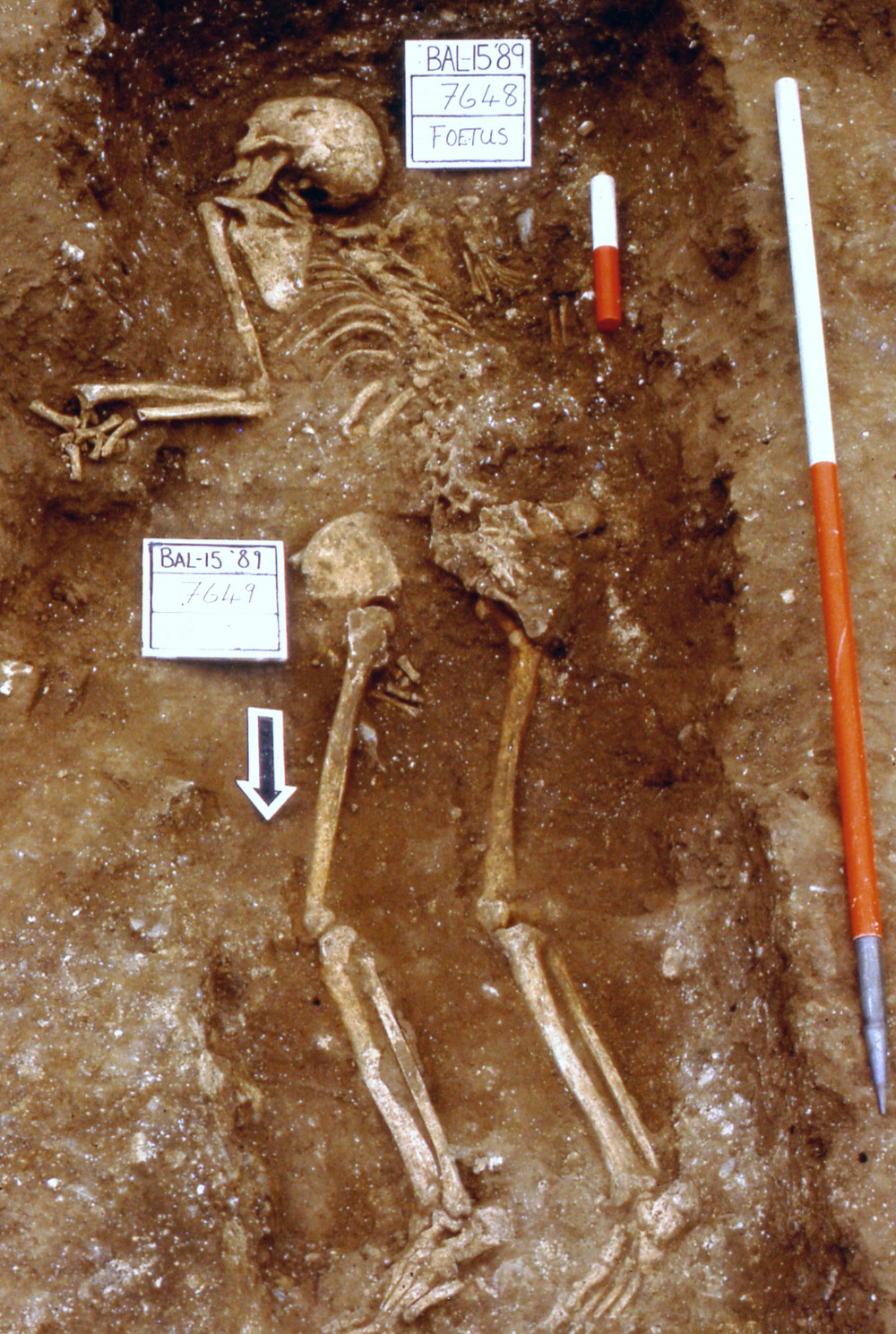Inside the 1,500 human remains held by Herts museums
By Christopher Day - Local Democracy Reporter 30th Apr 2025
By Christopher Day - Local Democracy Reporter 30th Apr 2025

Remains of more than 1,500 people – including a possible king and the first recorded case of triplets anywhere in the world – are held by Hertfordshire museums, a Freedom of Information request by the Local Democracy Reporting Service has revealed.
David Thorold, a curator at St Albans Museums, said the more than 500 items of human remains they hold includes the Folly Lane burial of somebody from the early Roman period who "was probably one of the local kings of the Catuvellauni tribe, conceivably the king known as Adminius, who was on friendly terms with the Romans".
"Whoever it was, he was cremated in a funeral pyre alongside cavalry equipment, armour, a chariot, exotic ivory-decorated furniture and silver goods," Mr Thorold said.
The largest collection of human remains held by a Hertfordshire council is in North Herts, where the museum estimates they have more than 1,000 items, including those known as 'the woman and three babies', who featured in a 2011 documentary on the BBC.
The remains, excavated in 1989, included a 40-year-old woman who had been born shortly before the Roman conquest of Britain and died in childbirth around 70 AD. Excavations found that she had been pregnant with triplets – one of whom had been born, one who had been a 'breach birth', and one who remained inside her body.
Keith Fitzpatrick-Matthews, a curator at North Herts Museum, said: "The vast majority of our collection comes from Baldock, which has the largest number of cemeteries known of any Late Iron Age and Roman town in Britain."
He added that the remains had contributed to medical science and population studies. Bones from people who had severe tuberculosis, for example, have been used in a study on the history of the disease, and DNA from remains may also be used in an Oxford University investigation into migration patterns.
North Herts' collection also includes remains found during excavations at a cemetery in Pirton, which was used during the seventh to ninth centuries AD – a period that is otherwise "poorly represented" in their full collection of around a million items.
In St Albans, much of the collection dates back to the Roman era – and earlier to the Iron Age – and Mr Thorold said human remains in their collection mean they "have been able to discover how burial customs have changed over time".
CHECK OUT OUR Jobs Section HERE!
hitchin vacancies updated hourly!
Click here to see more: hitchin jobs
Share:












